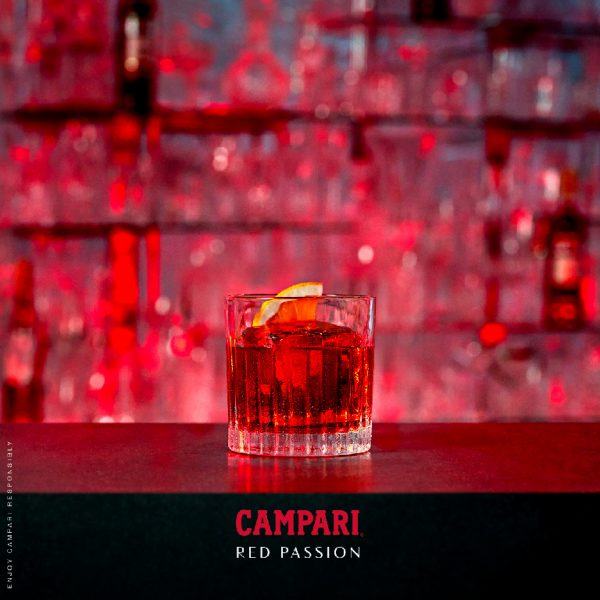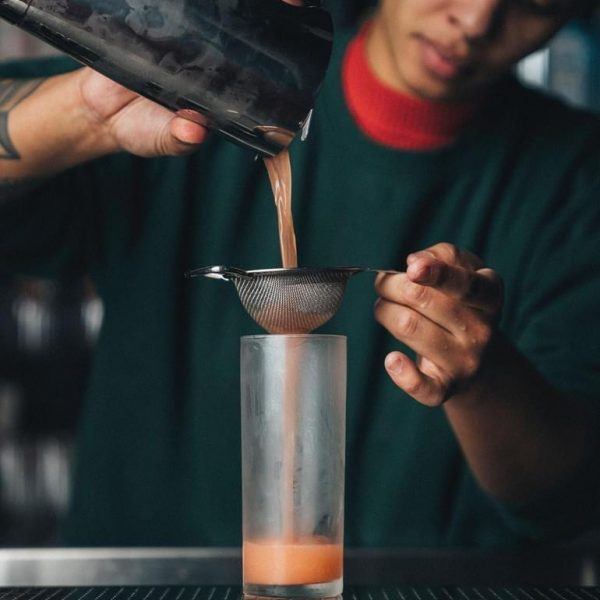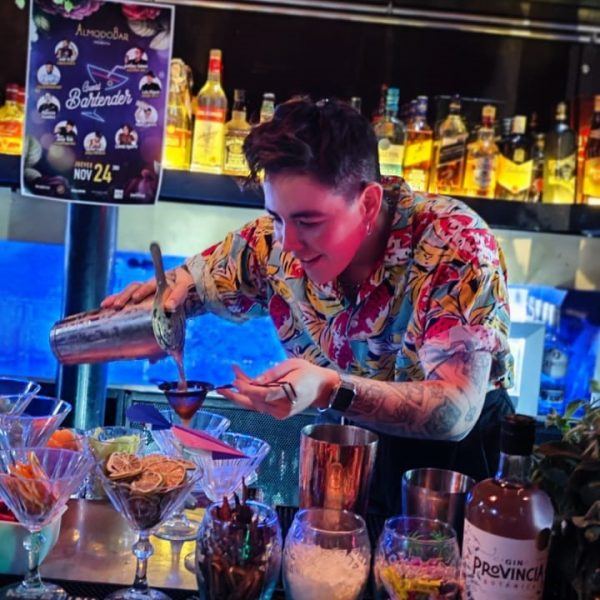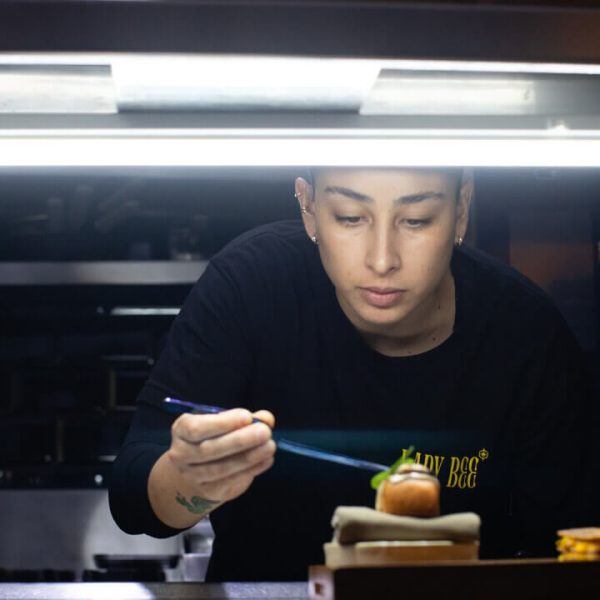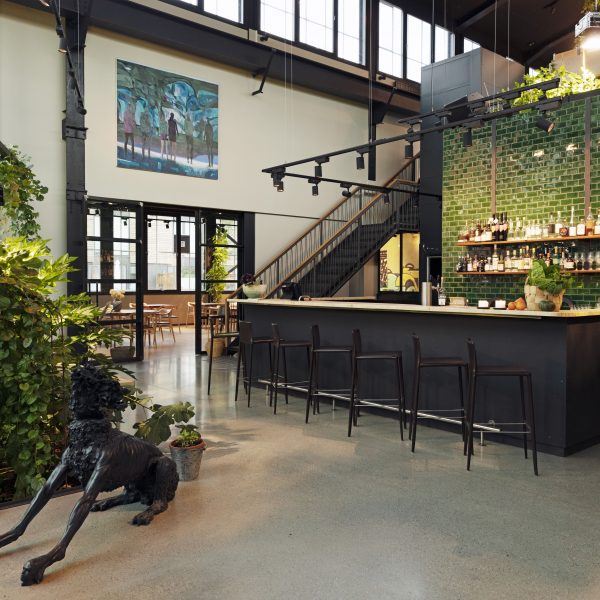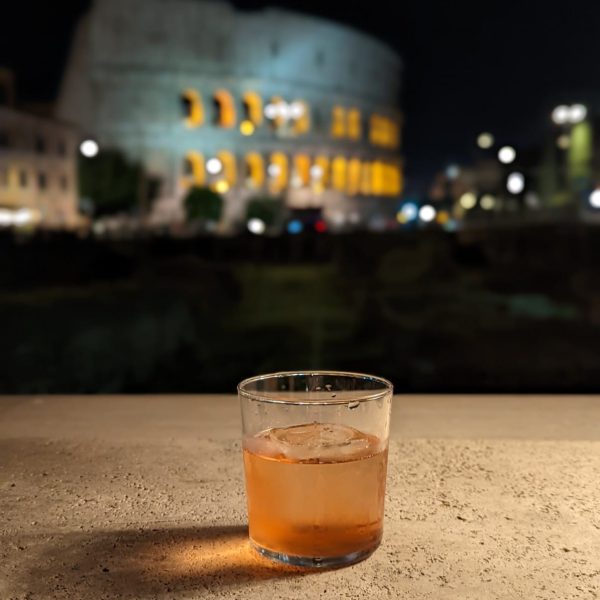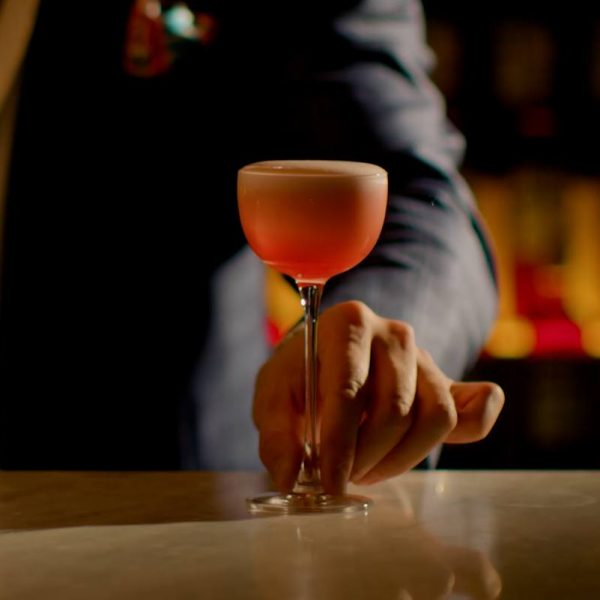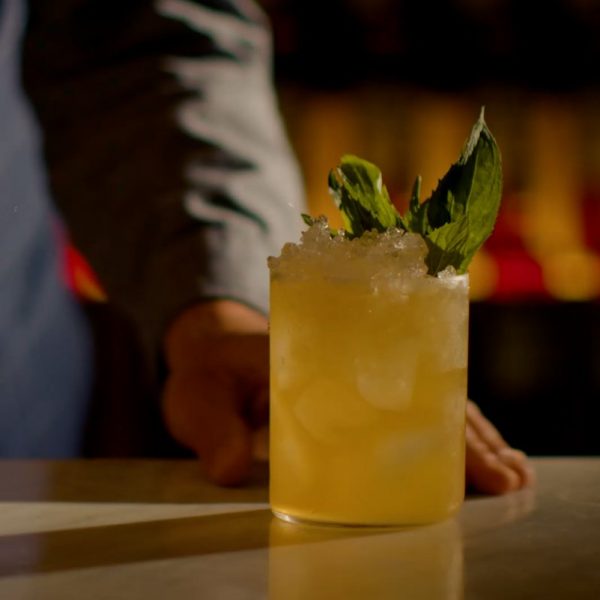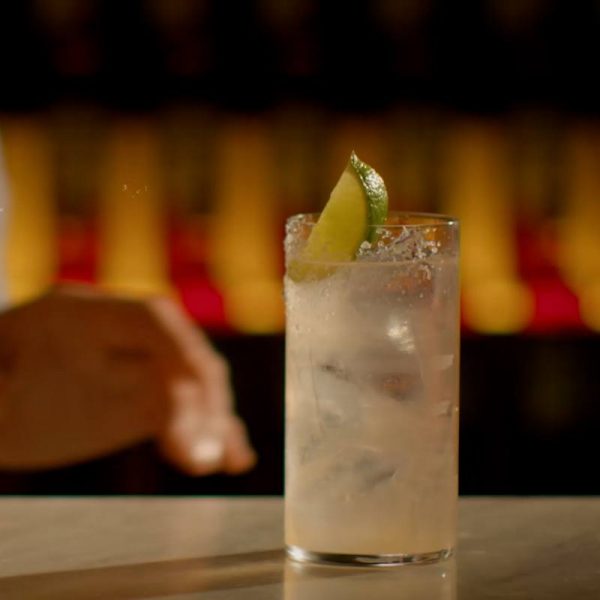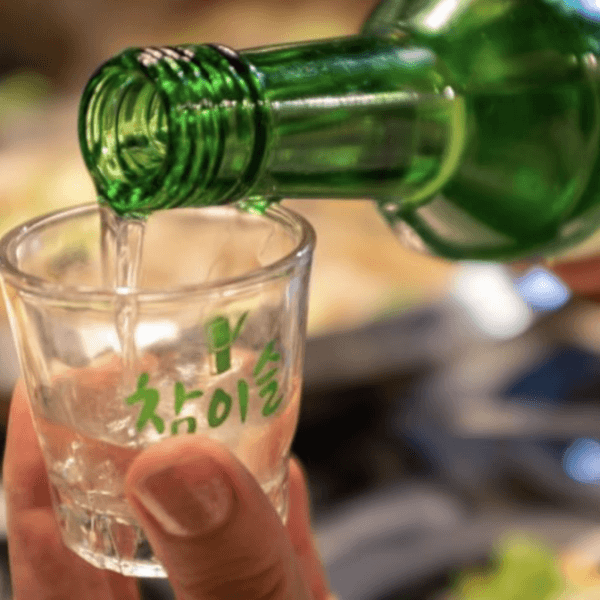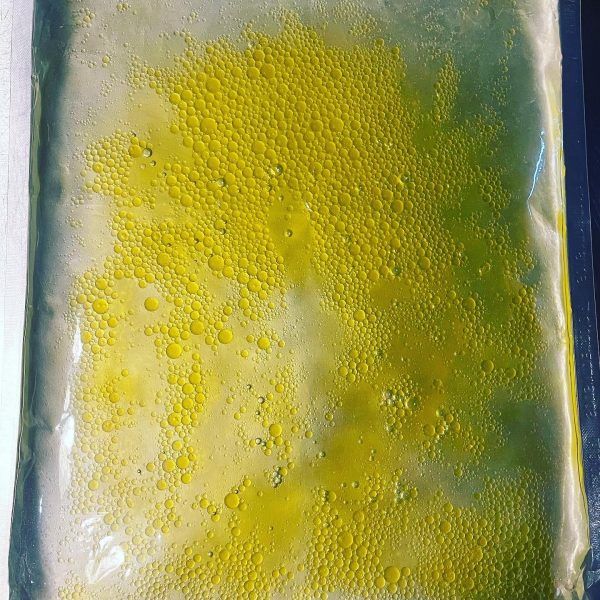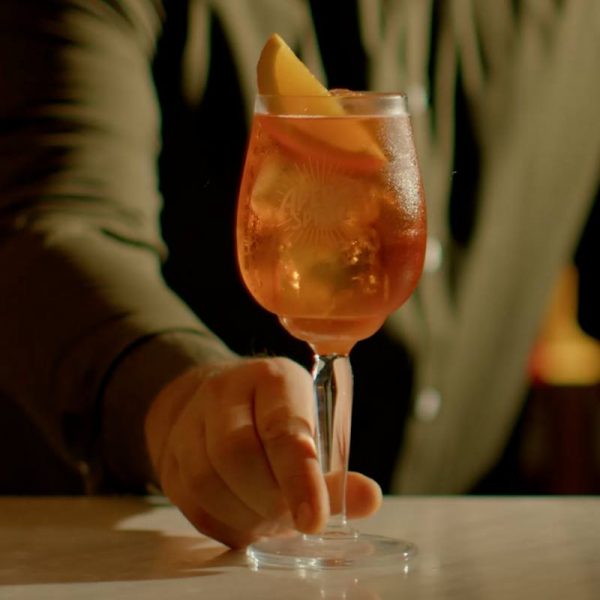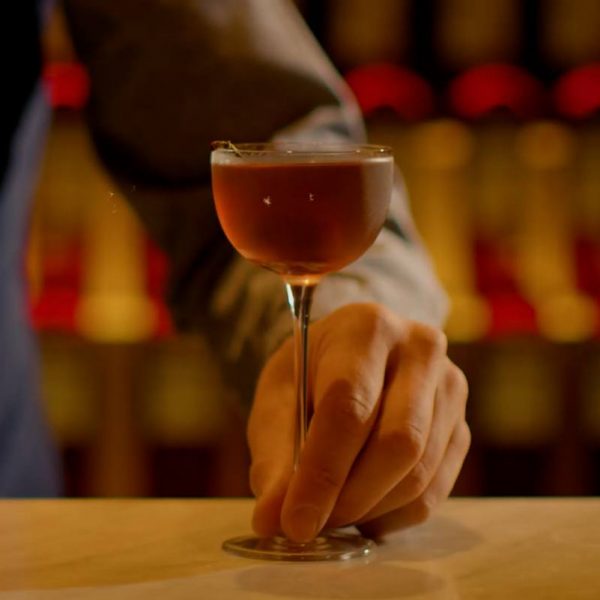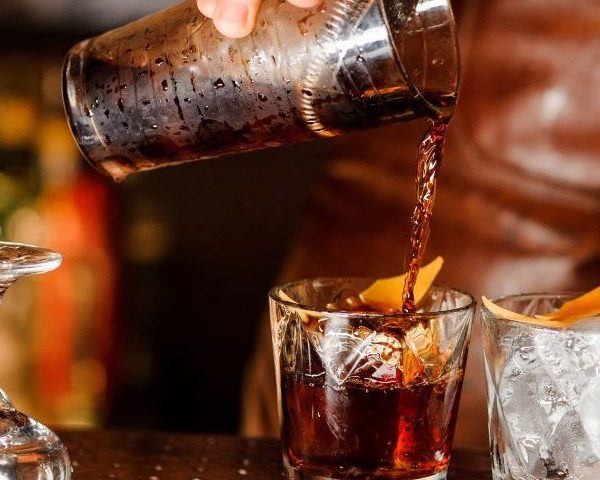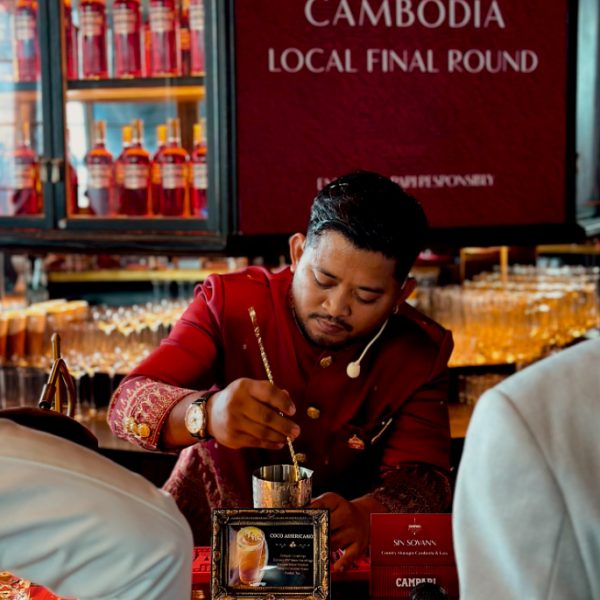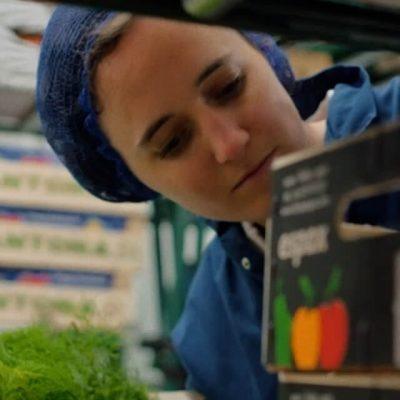Perspectives
Season 1
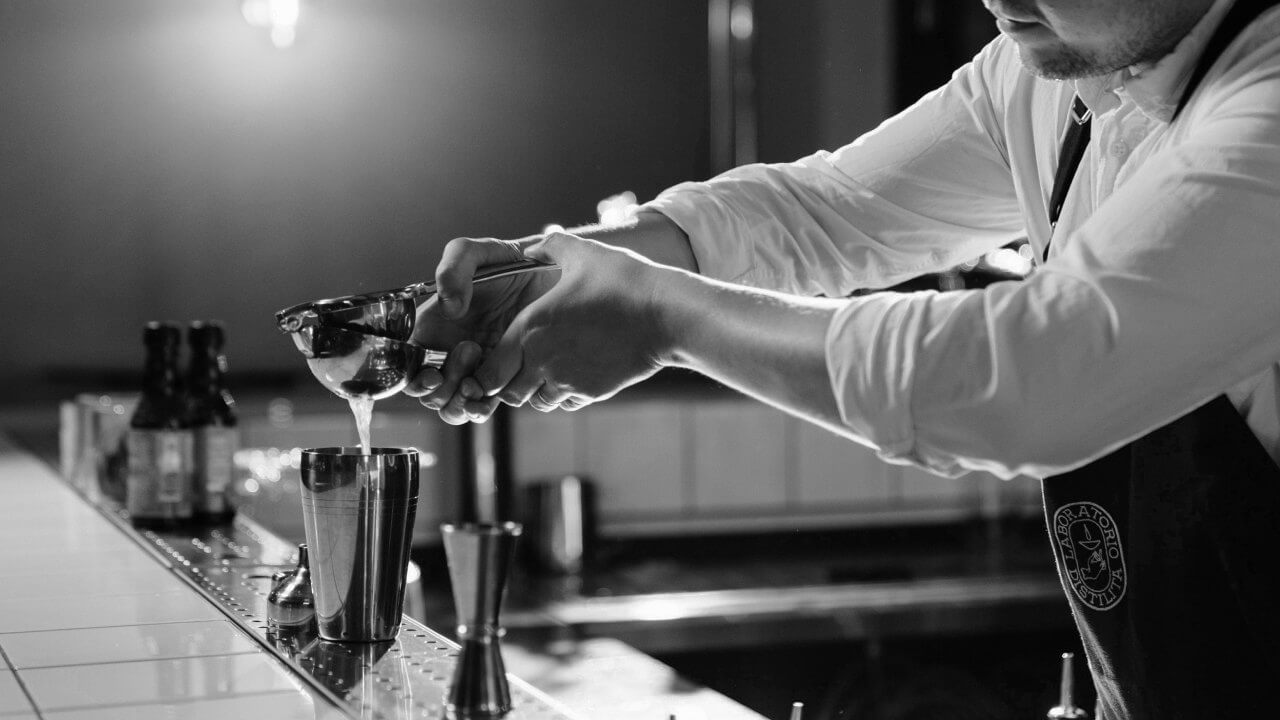
Raw Materials & Flavour
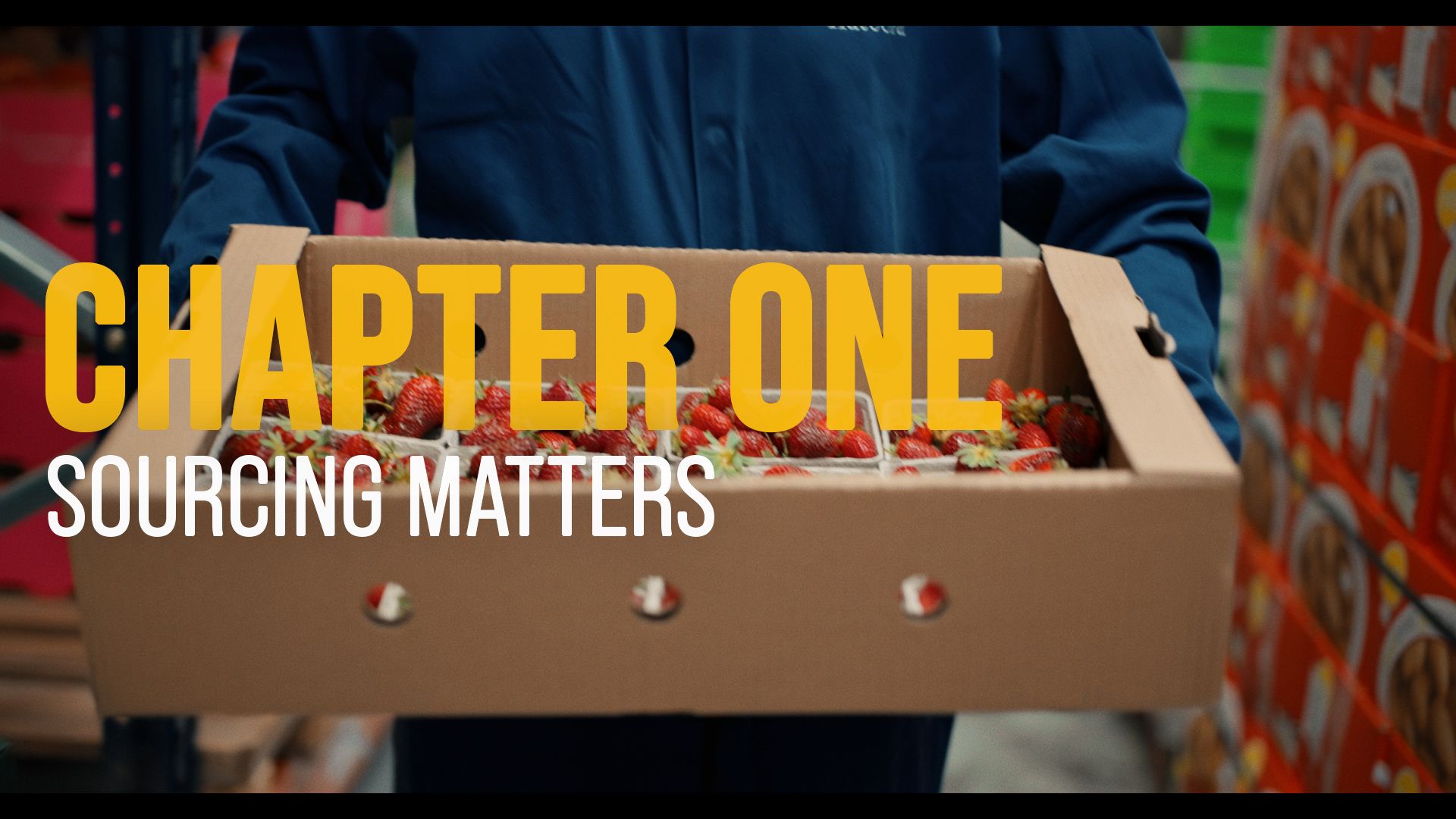


In this episode, we investigate raw materials & flavour – how the two relate to one another – and how (through deeper understanding) bartenders can develop better, more innovative serves that elevate customer experience.
Along the way, we speak to food suppliers, a tea maker, farmers, foragers and leading bartenders – all in an effort to understand more about seasonality, locality, experimentation – and uncover how far developing flavour can go.
Contributors
Further Reading
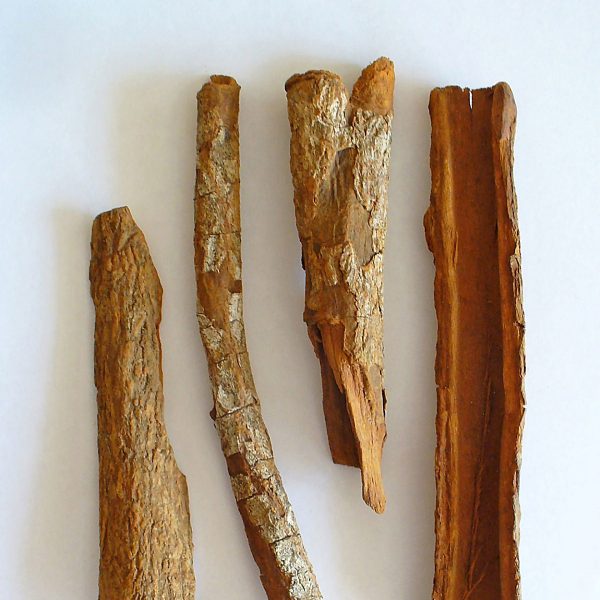
Article
The origins series: How quinine’s medicinal properties created a classic cocktailFrom curing malaria to being the catalyst for the gin and tonic, quinine has a storied history. In the third of our origins series, we explore it roots and how it became part of liquid history The year is 1638. Nine years had gone by, the legend goes, since Lady Ana de Osorio had first […]
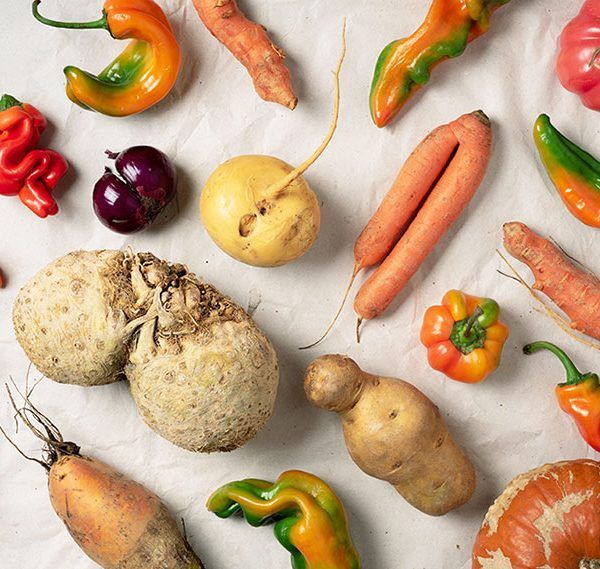
Article
The ugly movement: Embracing imperfect produce in your barThe ugly food movement has been fighting the food-waste-fight around the world, but there is still plenty of work to be done. Here, we outline the implications of food waste on our planet and explain how you can be part of the solution When thinking about the journey fruits and vegetables endure, from farm to […]
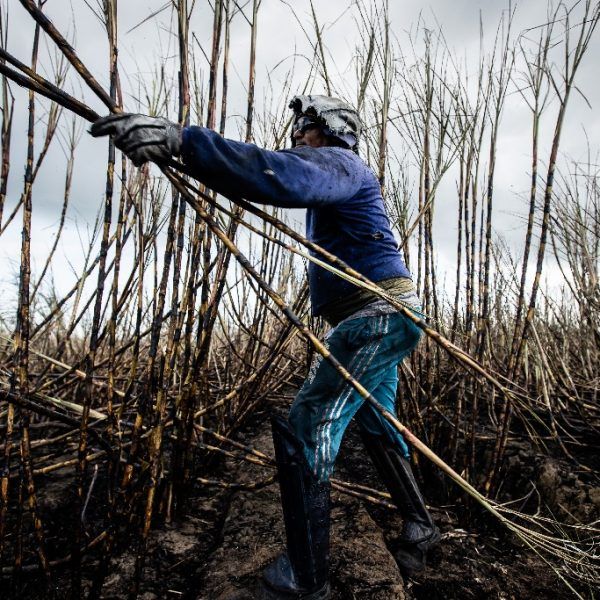
Article
The origins series: The history of sugar and its role in cocktail cultureFor thousands of years, sugar has been a valued commodity around the world. As part of our series on origins, we take a whistle-stop tour of its history and its journey into the worlds of spirits and cocktails ‘There in the East, a cane can produce honey, without bees participating.’ These are the words of […]
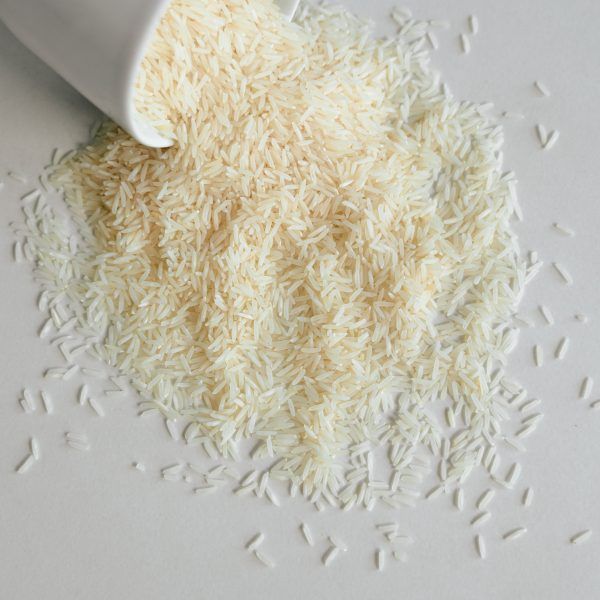
Article
The origins series: The many uses of grains for making drinksFrom their role in the history of humankind, to their transformation into beer, whisky and more, we dig into the origins of grains in the second in our ongoing series Grains: so little, yet so fundamental. These tiny, very often crunchy kernels were responsible for the first pivotal change in human habits, thus setting the […]
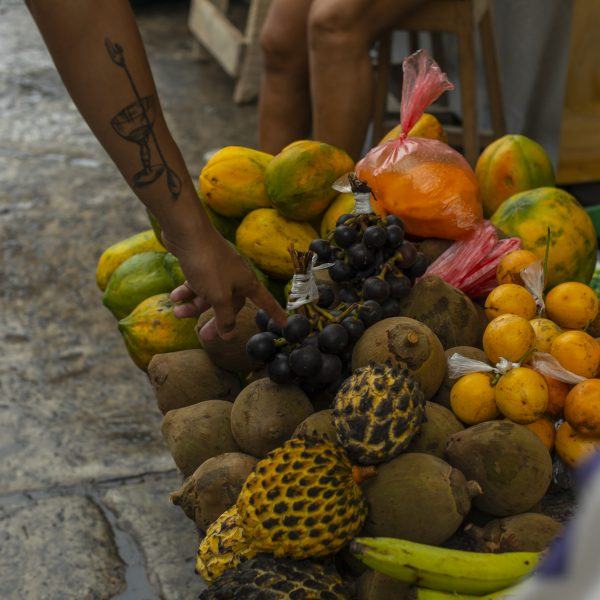
Article
Seasonality, terroir and globality: How time and place can impact flavourWhen it comes to looking beyond the back bar, working seasonally is an undertaking that is becoming more pertinent among the bartending community. Millie Milliken asks bartenders from Australia, Japan and Peru how time and place impact how they work “Relying on things like citrus all-year-round for acidity is lazy and uninspiring.” So says Luke Whearty, […]
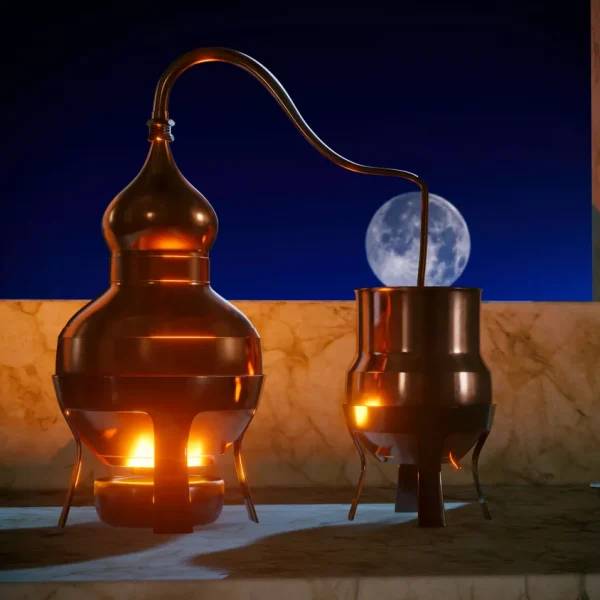
Article
Extracting flavour: Marcis Dzelzainis on how to use an alembic stillFor the sixth installment of our extracting flavour series, bartender and co-founder of Idyll Drinks Marcis Dzelzainis talks alembic stills, from its origins to creating hydrosols and hydrolats – and how it compares to the rotovap. If you’ve visited distilleries, the most common type of still you’re likely to have come across is the alembic still. […]
Discover Campari Academy
With insight and knowledge from industry icon Monica Berg, we’re looking beyond the bar to educate and inspire bartenders at all levels of their careers on a global scale in a way that’s never been seen before.


